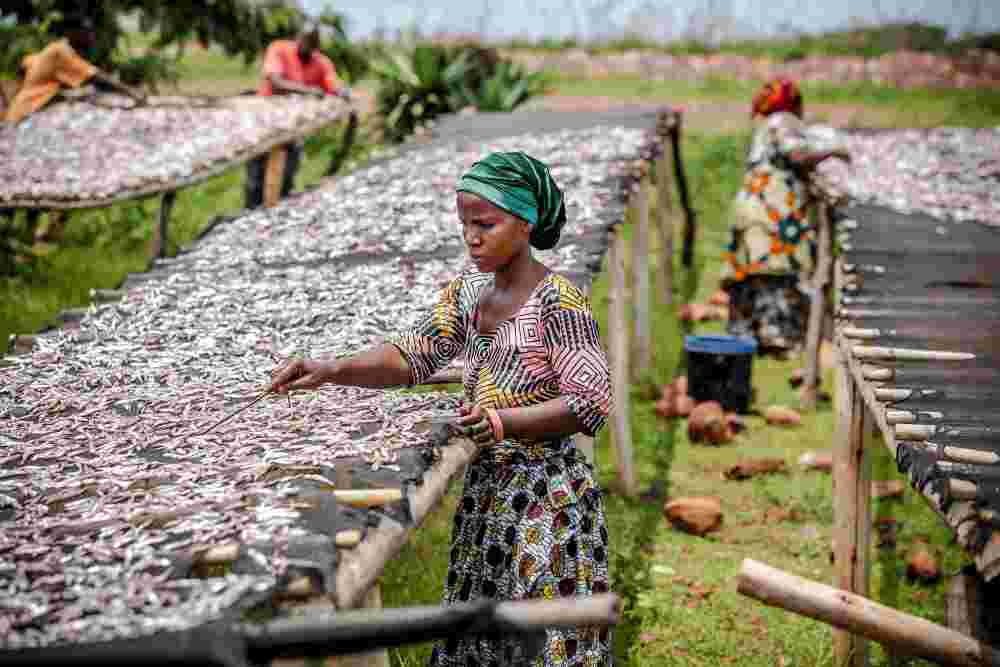Empowering Women in Small-Scale Fisheries for Sustainable Food Systems (2020-2021)
Ghana, 2020 - 2023
Get Microdata
Reference ID
GHA_2020-2021_EWSFSFS_v01_EN_M_v01_A_OCS
Producer(s)
Nicole Franz, Lena Westlund, Molly Ahern
Collections
Metadata
Created on
Feb 09, 2023
Last modified
Mar 10, 2023
Page views
53761
Downloads
521
1.4.2.2 Are there some assets that women or men have more access to than others? (x1_4_2_2_are_there_some_asse)
Data file: data_anon_kii
Overview
Valid:
7
Type:
Discrete
Width:
255
Range:
-
Format:
character
Questions and instructions
Categories
| Value | Category | Cases | |
|---|---|---|---|
| Fishing Inputs _ women do not own canoes and nets. They finance expedition and in return they get the fish to sell. Many women are not able to own up that they own canoes. Men have more access to fishing inputs Processing : women are more dominant in | 1 |
14.3%
|
|
| If it comes to fishing men have more assets and in post harvest women do. In certain communities women do not have direct access to the marine resources unless there is bumper and more hands are needed. In some commuities Women are limited due to their | 1 |
14.3%
|
|
| In ownership of canoes and fishing gears men own more than women. Assets that relate to post harvest activities women own more | 1 |
14.3%
|
|
| Men have more access than women especially when it comes to fishing inputs. | 1 |
14.3%
|
|
| More men own fishing gears and women own more processing assets | 1 |
14.3%
|
|
| Women have access to ovens etc and men control canoes and other fishing gears | 1 |
14.3%
|
|
| Yes. Assets used at sea are accessed a lot by fishermen (men). Assets used from the shore through to the processing site to the market are used by the women. | 1 |
14.3%
|
Warning: these figures indicate the number of cases found in the data file. They cannot be interpreted as summary statistics of the population of interest.
